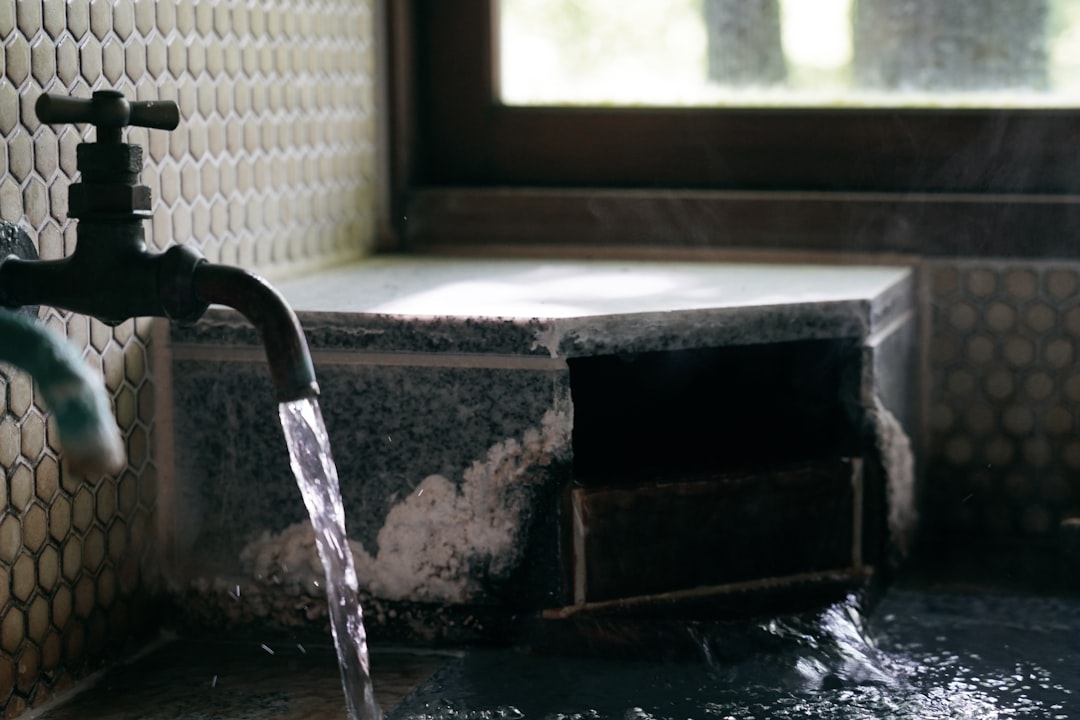
Does homeowners insurance cover water damage? Water damage risks in homes are everywhere, from pipe bursts to sump pump failure to flood water damage. With all these potential issues, it's essential to understand what your home insurance covers and what it leaves out.
This guide to water damage and home insurance will explain the types of damage typically covered by insurance policies, common exclusions and coverage limits, optional endorsements, and how to file a claim with your insurance company.
How Water Damage Is Covered by Homeowners Insurance
Your homeowners insurance will typically cover sudden water damage from a burst pipe or leaky roof, as well as water damage that comes from extinguishing a fire. It will pay to restore your home as well as any damaged personal property that is covered by the claim.
Home insurance and water damage coverage, however, do not always go hand in hand. In fact, most home insurance excludes floods, slow leaks, gradual damage due to lack of maintenance, and sewer backups, unless you have a flood insurance policy in place. In addition, if a pipe needs to be repaired following poor maintenance, that will also likely not be covered.
Every home insurance policy is different, so it is crucial to understand what your policy excludes and what it covers. If you have renters insurance, you can also look into what that policy should cover if you ever have water damage.
Optional Endorsements for Extra Water Protection
Homeowners insurance for water damage can include the following optional endorsements for extra water protection, dwelling coverage, and personal property coverage. These policies can go above and beyond your standard home insurance and can be of great value if you live in a flood zone or an older home:
- Water backup coverage: If you are faced with an unexpected water backup in your home, this add-on coverage can pay for the cost of repairs as well as damage to personal property.
- Sump pump overflow: Likewise, if your sump pump overflows, this related coverage can be of benefit, especially if you receive a lot of rain or have an older sewer system.
- Service line coverage: This optional endorsement coverage will cover damage to a water line or sewer line that is connected to the public utility system.
- Umbrella insurance: This catch-all insurance can offer additional liability coverage that goes beyond your standard homeowners insurance policy in the event of water damage.
All of these key add-ons can save you precious time and money in the wake of serious water damage. Depending on where you live and the type of dwelling you occupy, you may consider bolstering your current home insurance policy to provide additional coverage for water damage.
When and How To File a Water Damage Claim
If you need to file a water damage insurance claim, here are some tips for making a successful one:
- Check your insurance coverage: First, make sure that the water damage is a potentially covered claim under your current policy.
- Document the issue: Take photos from multiple angles and keep records of when and where the damage occurred. The more documentation you have, the better, when it comes to proving your claim.
- Contact your home insurance company: Let your insurer know what happened, share the evidence, and then launch the claims process.
- Begin the clean-up process. This can prevent mold growth and further damage, so it is important to address the water sooner than later.
Finally, make sure you follow up with your insurance company as needed to track the progress of the claim and stay on track.
There are also two key things that you should not do at this point: Admit fault, or delay in mitigating the problem. Water damage tends to get worse if you don't address it immediately, so time is of the essence.
Compare Policies and Supplemental Coverage Options
If you are looking for affordable insurance that can cover potential water damage, it pays to do your research. EverQuote's handy tool gives you the opportunity to compare insurance quotes side by side so you can easily find the best option for your current and future insurance needs.
It only takes a few minutes to get a custom comparison, and it's always free with EverQuote. Insurance prices can change every day, so the best way to get the right insurance for the right price is to compare and shop often. This can help with both standard homeowners insurance and elective supplemental coverage.
Check out EverQuote today to compare insurance and supplemental coverage options.



